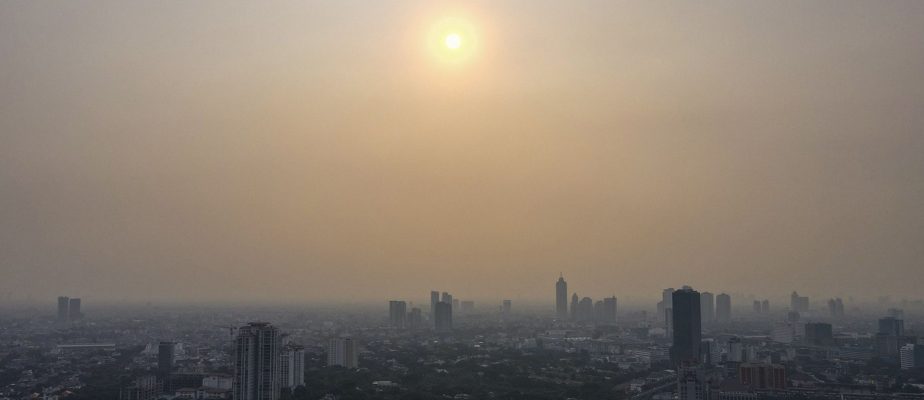(Paris) Pollution and the exploitation of natural resources by humanity continue to push the Earth beyond its resilience capacities: six ecological thresholds have now been exceeded and two others are on the verge of being exceeded, warns the update on Wednesday of the reference study on the concept of the nine “planetary limits”.
Climate change, deforestation, loss of biodiversity, the quantity of synthetic chemicals (including plastics), the scarcity of fresh water and the balance of the nitrogen cycle are the six limits that have largely been crossed, announces the The study carried out by an international team of 29 scientists.
Two others – ocean acidification and the concentration of fine polluting particles in the atmosphere – are close to alert thresholds. Only the state of the ozone layer remains below, by a good margin.
These “planetary limits”, corresponding to thresholds not to be exceeded in nine areas so that ecosystems evolve in a “safe operating zone” capable of guaranteeing the habitability of the Earth, were defined in 2009 by Stockholm Resilience Center.
Debated since its creation, this notion of “planetary limits” has gradually become a reference in the science of the Earth system, mentioned in IPCC reports, and whose influence now extends to the political world and the economy.
In 2019, only global warming, the rate of species extinction and the nitrogen cycle had exceeded these thresholds.
“With planetary boundaries, we identify important processes that keep Earth in the living conditions that have prevailed over the past 10,000 years, during which humanity and civilization have developed,” explained the lead author. , Katherine Richardson, professor at the Globe Institute in Copenhagen.
The study published Wednesday is the second major update, after that of 2015.
“We are still moving in the wrong direction […] and there is no indication that any of these limits – with the exception of the ozone layer, which is slowly recovering since the ban on chlorofluorocarbons – is starting to move in the right direction,” lamented Johan Rockström, director of the Potsdam Institute for Climate Impact Research (PIK).
“This means that we are losing resilience, that we are endangering the stability of the Earth system,” added this co-creator of the concept.
For 4 million years
For biodiversity, the acceptable limit would be a species disappearance rate ten times higher than the average rate over the last 10 million years. But extinctions are occurring in our time at least 100 times faster, or ten times more than the recommended threshold.
For climate change, the limit adopted is that of the CO concentration2 of the atmosphere. This remained very close to 280 parts per million (ppm) for at least 10,000 years before the industrial revolution. But in 2022, it reached 417 ppm, significantly above a safe limit defined at 350 ppm by the study.
“We are heading towards warming of 2.5°C, 2.6°C or 2.7°C, a level not seen in four million years,” warned Rockström.
Thousands and thousands of artificial chemical compounds – microplastics, pesticides, nuclear waste or drugs polluting the environment – are quantified for the first time. And here too, the limit is largely crossed.
Among its most important findings, the study highlights that different limit exceedances amplify each other, with a key link between increasing CO concentration2 and damage to the biosphere.
“After climate change, the integrity of the biosphere is the second pillar of our planet,” said Wolfgang Lucht, head of Earth system analysis at PIK. “We are currently destabilizing it by taking too much biomass, destroying too much habitat and deforesting too much.”
But for the nine areas, the situation can return below the alert thresholds, encourages the study.
“It’s just about setting limits on the amount of waste we put into the environment and the amount of living or non-living raw materials we extract from it,” Mr Richardson said.
